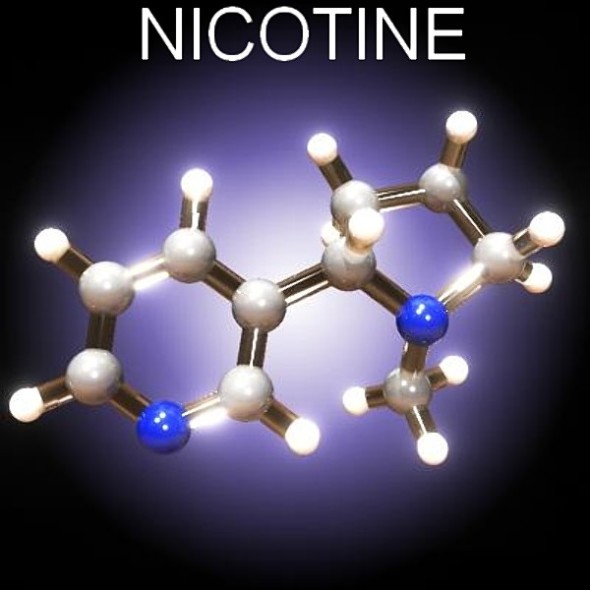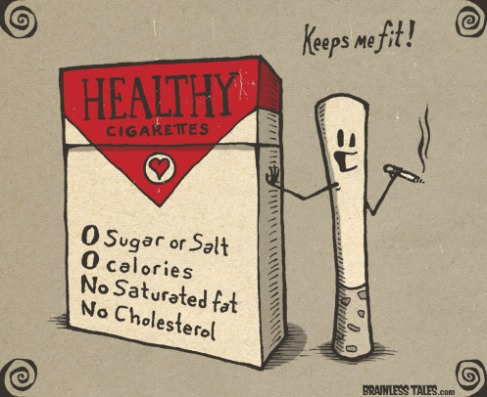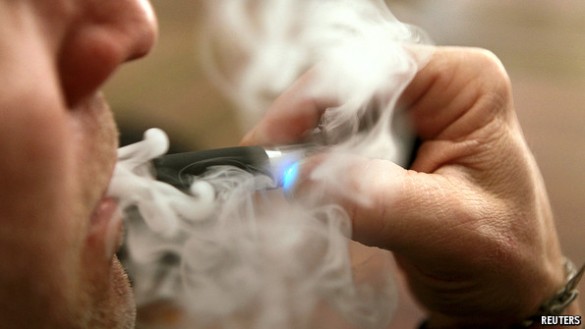The following are a few interesting facts that you might not have known about nicotine. This can be helpful to those of you who are trying to defend your decision to vape E-cigarettes from the sceptical mindsets of friends, family, co-workers, etc. The misconception that nicotine is a carcinogen, and a dangerous drug, is often confused with the many other chemicals specifically in cigarettes that are carcinogenic, dangerous, unhealthy, etc. The following is a list of many of the health benefits of nicotine:
1. There are over 4,000 chemicals in the average cigarette… many of them carcinogenic. Nicotine is NOT one of them.
2. Nicotine has been found to reduce approach-avoidance behavior in animals, and healthy human volunteers.
3. Nicotine interacts with cell membranes in such a way as to ease the passage of certain ions through the membrane. This aids in, among other things, the communication between synapses in your brain, increasing cognitive functions.
4. Nicotine has been found to substantially increase immediate as well as long-term memory abilities.
5. Nicotine increases attentiveness in patients who suffer from Alzheimer’s Disease.
6. Nicotine is used for certain types of neurodegenerative pain issues, and also pain problems associated with come mental disorders.
7. Nicotine can be used as analgesia for postoperative recovery.
8. Nicotine is being researched as a possible additive to opioid medicinal regimens, because it stimulates respiration, opposing the opioid’s tendency to depress respiration. It also increases alertness in sharp contrast to opiod’s well-known “drowsiness” effects.
9. Nicotine decreases appetite, as much if not more than cannabinoids increase it.
10. Nicotine is currently being considered as treatment against such diseases and disorders as ADD/ADHD, Alzheimer’s disease, Parkinson’s disease, inflammatory skin disorders and injuries, obesity, and ulcerative colitis.
There is one thing holding nicotine back from the many positive uses that it is capable of… disinformation (properly defined as the purposeful conveying of untrue facts as opposed to misinformation which is merely accidental). Cigarettes and nicotine have become a hot-button political health issue that has long since ceased to be about actual health and now has more to do with which sides buys and pays for the most politicians. Enter into the mix, electronic cigarettes, which deliver nicotine, and only nicotine in a way that’s outwardly reminiscent of the smoking of “real” or “analog” tobacco cigarettes. The politics of the issue make it easy to demonize something that is even remotely similar to tobacco cigarettes. But don’t let them get away with it! And when you hear negative “scientific” evidence about e-cigarettes, try to find the other side of the story… because there’s always another side to the story. There is a lot of valid, correctly-done scientific work being done out there regarding the health benefits of e-cigarettes. On the other side of the coin is poorly constructed, statistically skewed “scientific” information regarding the health dangers of e-cigarettes. Don’t let them scare you back to smoking! You know you feel better now that you’re vaping than you did when you were still smoking.
Sources:



